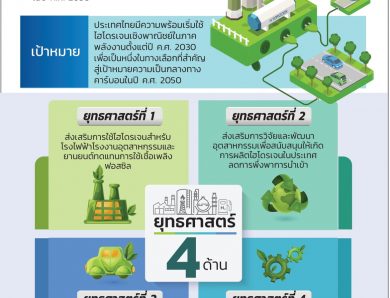
Thanks to the modern electric grid, you have access to electricity whenever you want.
That said, it’s impossible to get the balance right all the time. So operators make grids more flexible by adding ways to store excess electricity for when production drops or consumption rises.
About 96% of the world’s energy-storage capacity comes in the form of one technology: pumped hydro. Whenever generation exceeds demand, the excess electricity is used to pump water up a dam. When demand exceeds generation, that water is allowed to fall—thanks to gravity—and the potential energy turns turbines to produce electricity.
But pumped-hydro storage requires particular geographies, with access to water and to reservoirs at different altitudes. It’s the reason that about three-quarters of all pumped hydro storage has been built in only 10 countries. The trouble is the world needs to add a lot more energy storage, if we are to continue to add the intermittent solar and wind power necessary to cut our dependence on fossil fuels.
A startup called Energy Vault thinks it has a viable alternative to pumped-hydro: Instead of using water and dams, the startup uses concrete blocks and cranes. It has been operating in stealth mode until today (Aug. 18), when its existence will be announced at Kent Presents, an ideas festival in Connecticut.
On a hot July morning, I traveled to Biasca, Switzerland, about two hours north of Milan, Italy, where Energy Vault has built a demonstration plant, about a tenth the size of a full-scale operation. The whole thing—from idea to a functional unit—took about nine months and less than $2 million to accomplish. If this sort of low-tech, low-cost innovation could help solve even just a few parts of the huge energy-storage problem, maybe the energy transition the world needs won’t be so hard after all.
Concrete plan
The science underlying Energy Vault’s technology is simple. When you lift something against gravity, you store energy in it. When you later let it fall, you can retrieve that energy. Because concrete is a lot denser than water, lifting a block of concrete requires—and can, therefore, store—a lot more energy than an equal-sized tank of water.
Bill Gross, a long-time US entrepreneur, and Andrea Pedretti, a serial Swiss inventor, developed the Energy Vault system that applies this science. Here’s how it works: A 120-meter (nearly 400-foot) tall, six-armed crane stands in the middle. In the discharged state, concrete cylinders weighing 35 metric tons each are neatly stacked around the crane far below the crane arms. When there is excess solar or wind power, a computer algorithm directs one or more crane arms to locate a concrete block, with the help of a camera attached to the crane arm’s trolley.
Read more: https://wef.ch/2Fk9mEP
Credit : World Economic Forum
#ERDIที่นี่มีพลังงานสะอาด
#ERDICleanEnergy
#พลังงานทดแทน
#12ปีERDICMU
#คิดถึงพลังงาน #คิดถึงERDICMU




